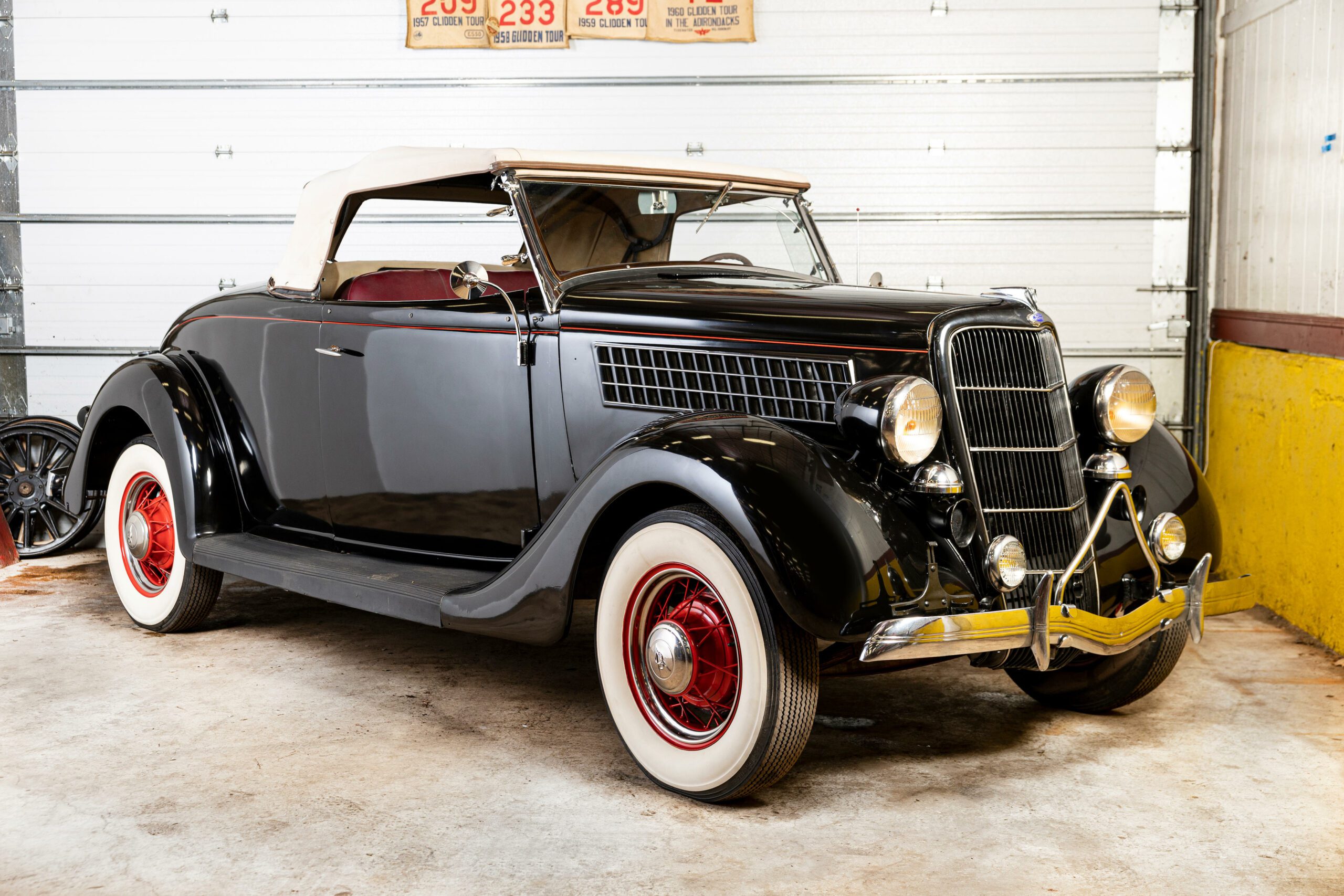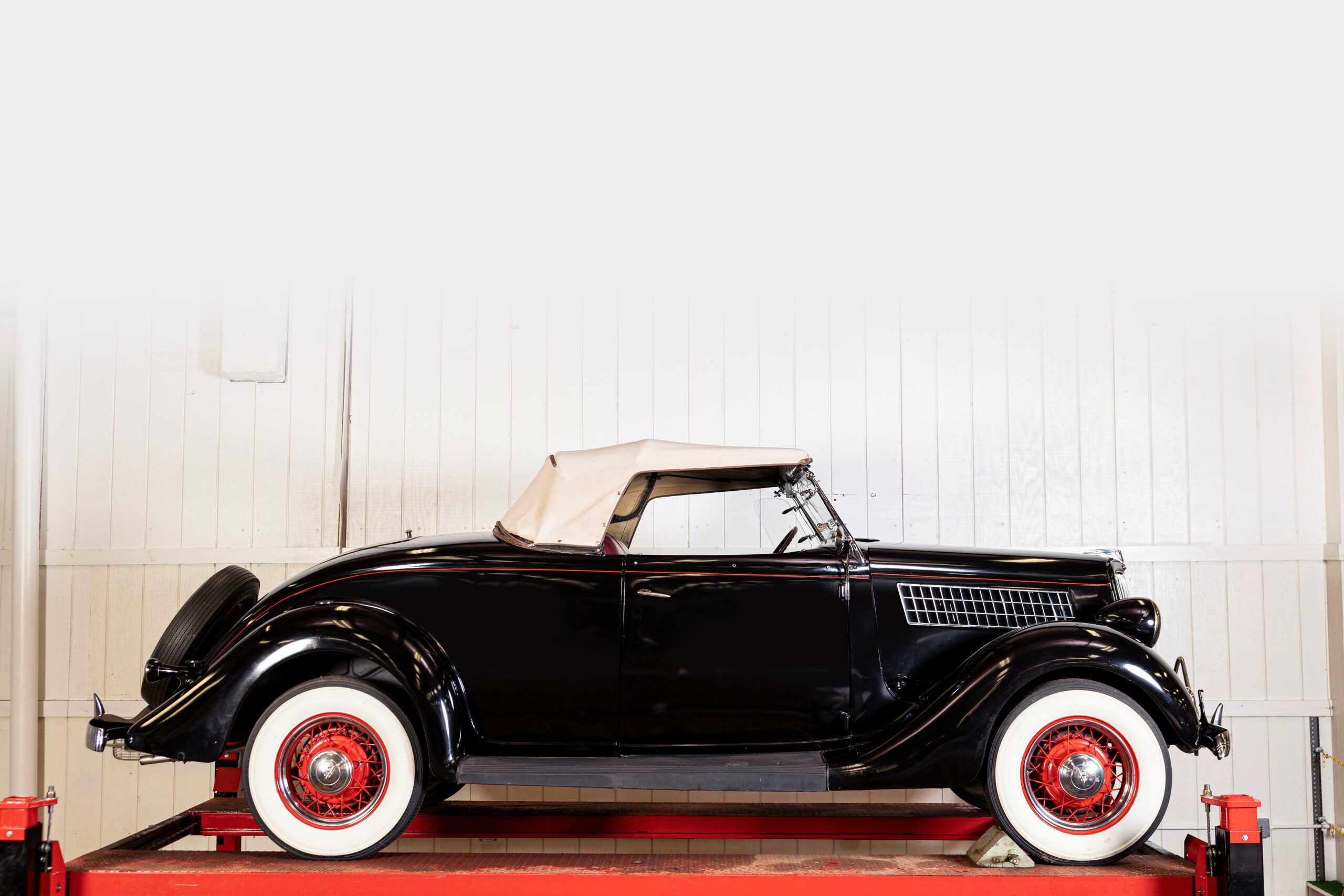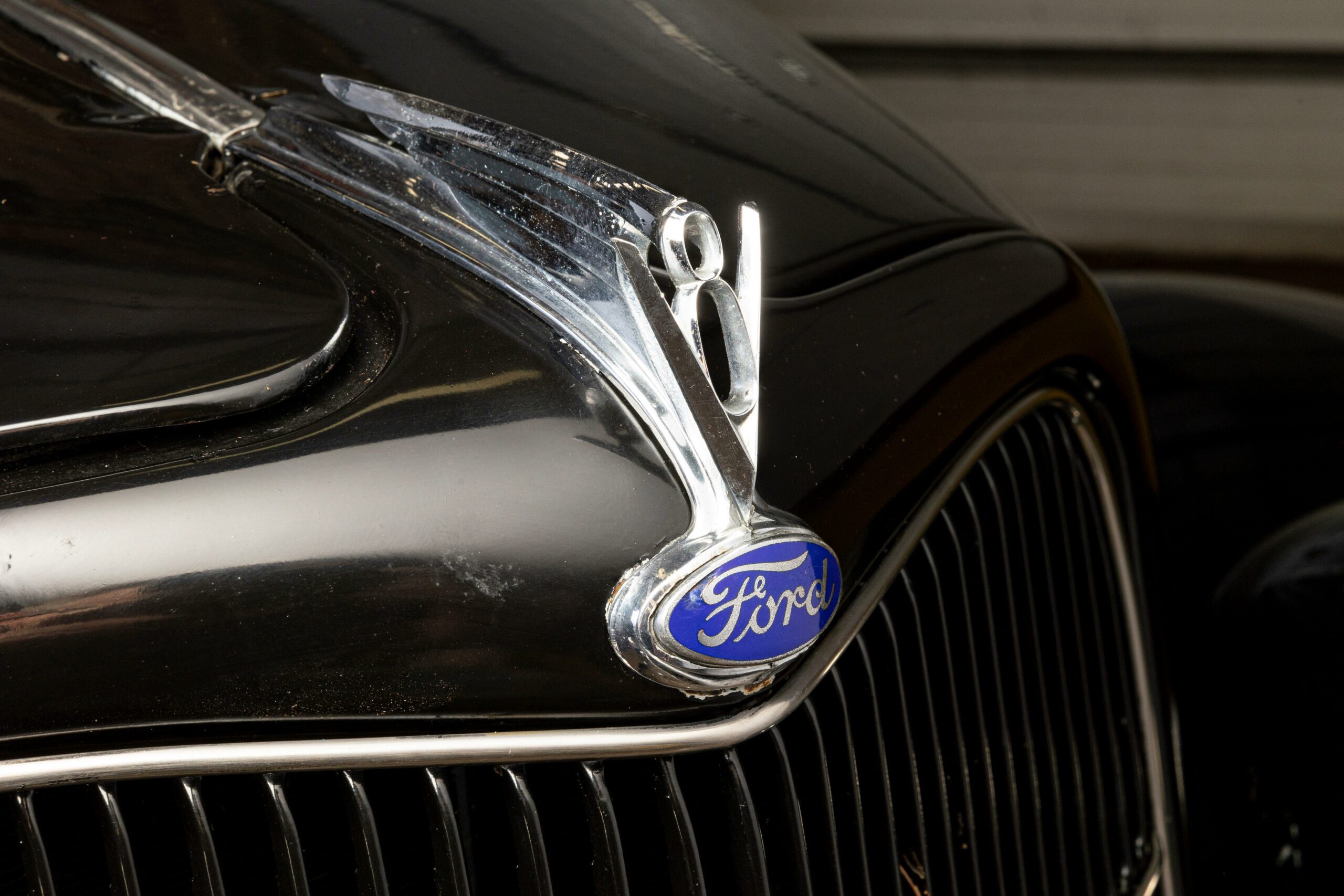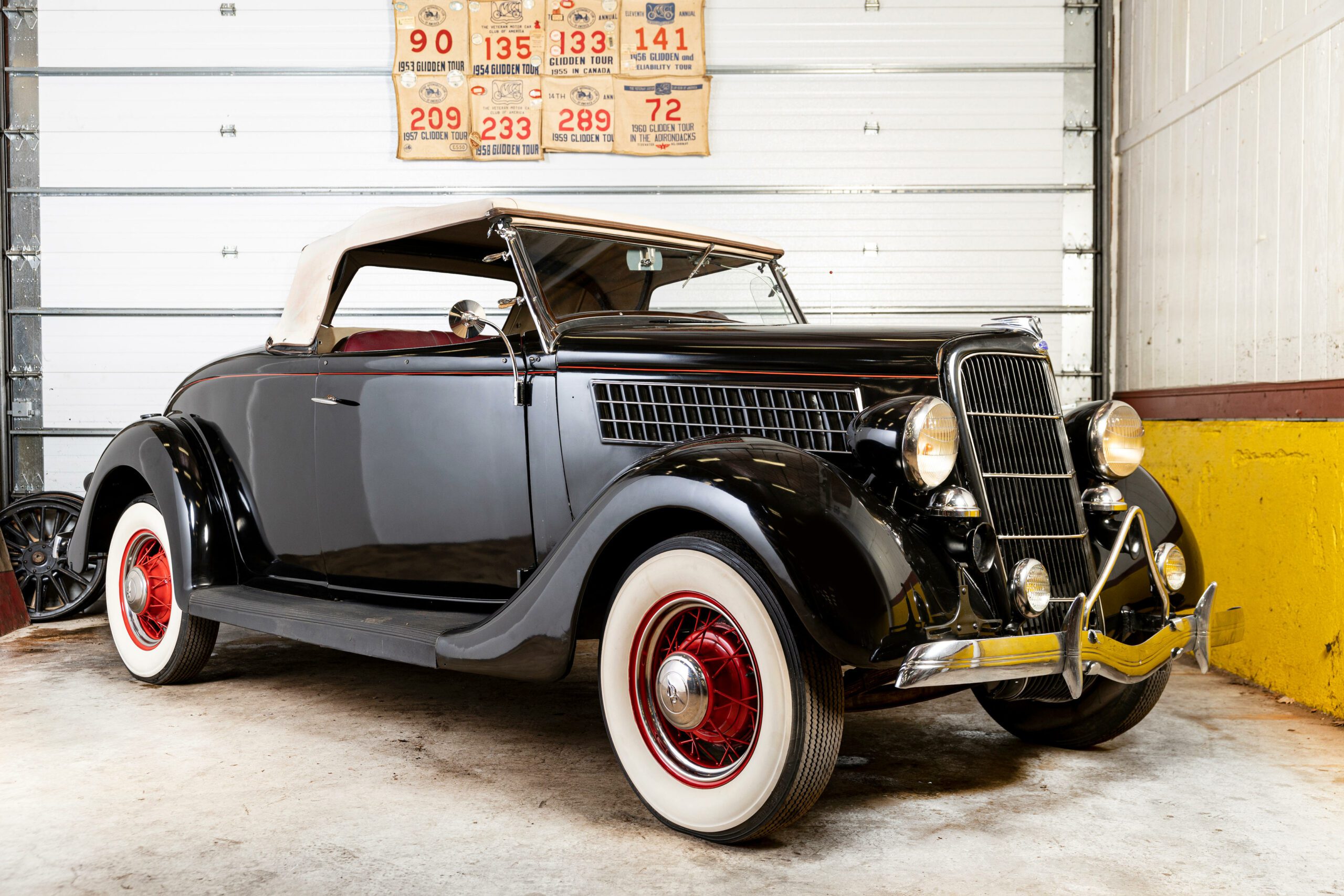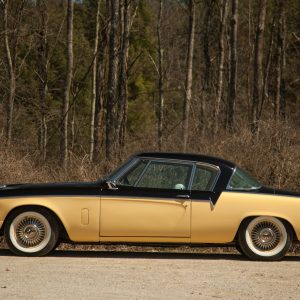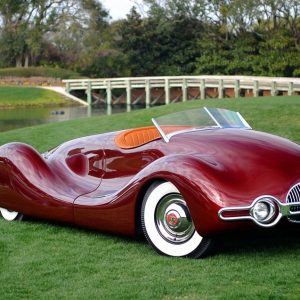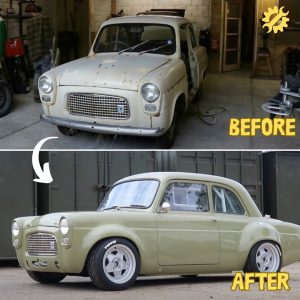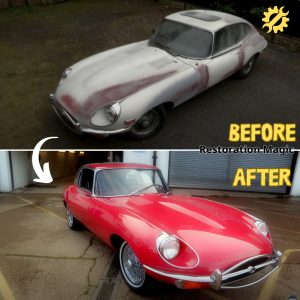In 1935, Ford undertook a significant redesign of the V-8 model. The engine was moved substantially forward of the front wheels’ centerline, resulting in a shorter hood. This transformation dramatically enlarged the passenger compartment, positioning rear seat passengers in front of the rear axle without altering the wheelbase. Ford dubbed it the “Center-Poise Ride,” which notably improved interior space and ride comfort. The front fenders remained deeply skirted, a feature introduced in the ’33 model production. The frame X-member was significantly enlarged, and the frame side rails were boxed for increased rigidity.
The flathead V-8 engine received enhancements, with the same horsepower output but the introduction of more dependable and easily serviceable insert bearings in place of the babbitt connecting rod bearings. Stromberg introduced a new Model 48 carburetor.
One of the redesigned Fords served as the pace car at the Indianapolis 500-mile race on Decoration Day. Interestingly, four Miller-Ford V-8 Specials, known for their innovation, made it to the race, though all suffered steering failures when the grease in their exhaust manifold-mounted steering boxes boiled out.
The 1935 Ford sported a distinctive appearance, featuring a grille moved far forward between the pronounced, rounded fenders. This design gave it a unique, assertive, and somewhat aggressive look, characterized by its snub-nosed front end. This distinctive style, brimming with attitude, has long appealed to a dedicated group of collectors and Ford enthusiasts.
Source: Bonhams Cars
